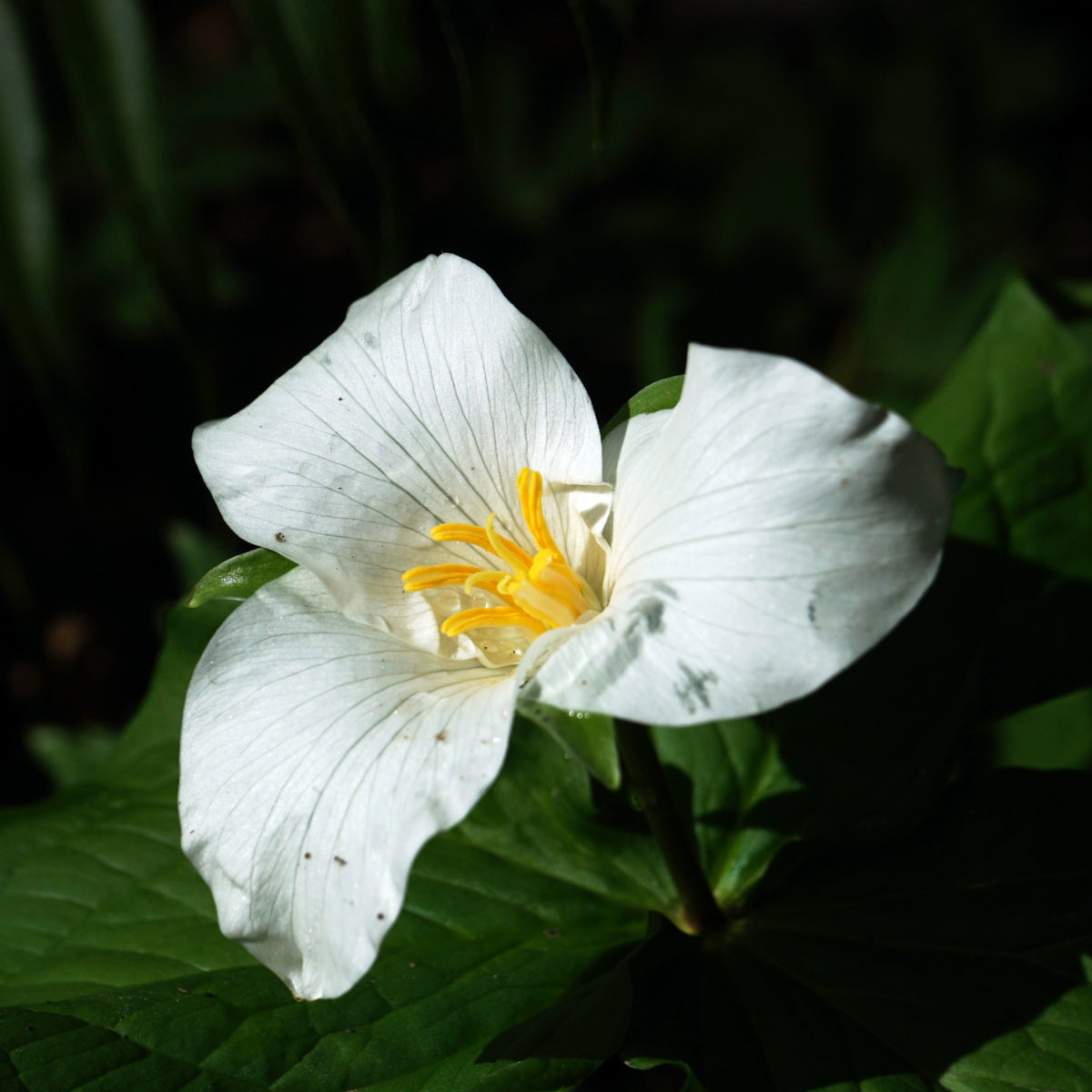by Alan K. Lee
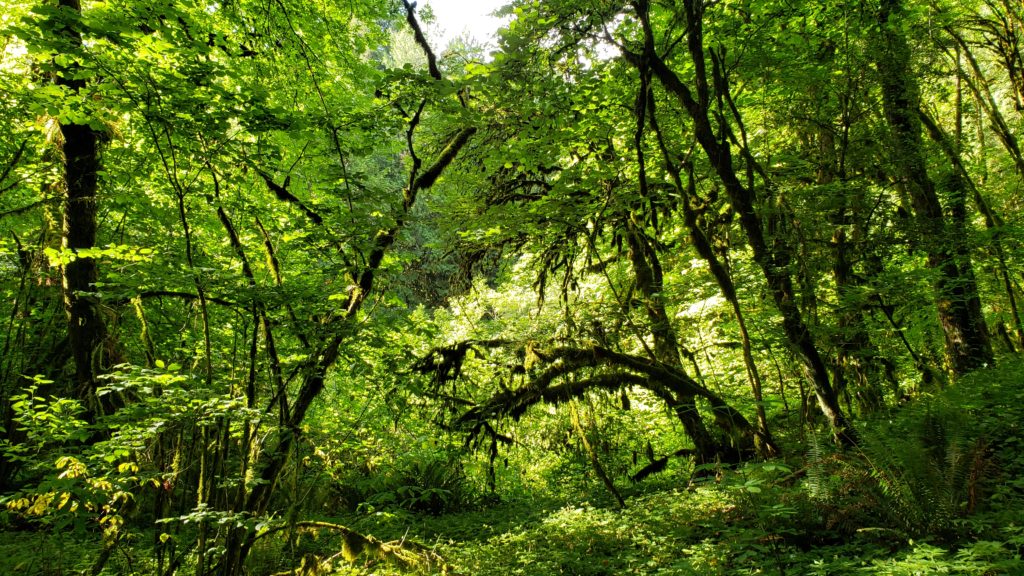
I visit Tryon Creek State Park in southwest Portland often, as it is only a few miles from my home. I go to connect with nature and escape the noise and hustle and bustle of the city. The park is an urban oasis where it’s easy to forget that you’re in the middle of a major metropolitan area. That is a major draw and the park is a much beloved, and much used, place. But the park is big enough (658 acres) that it seldom feels overly crowded.
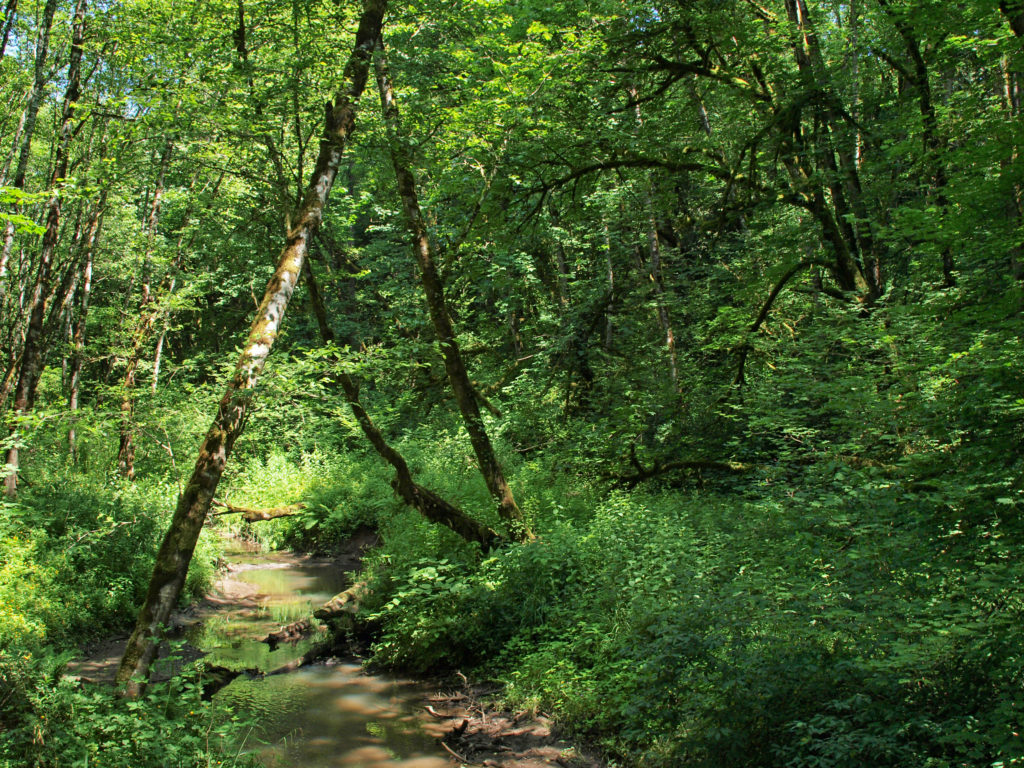
Bigleaf maples cover a large part of the park and, as a photographer, I appreciate the extraordinary quality of light under their canopy. The light can change dramatically from season to season, day to day, and sometimes moment to moment. I find the interplay of light and shadow always beautiful, endlessly fascinating, and often challenging to capture with the camera. It is one of the things that continues to draw me back to the park.
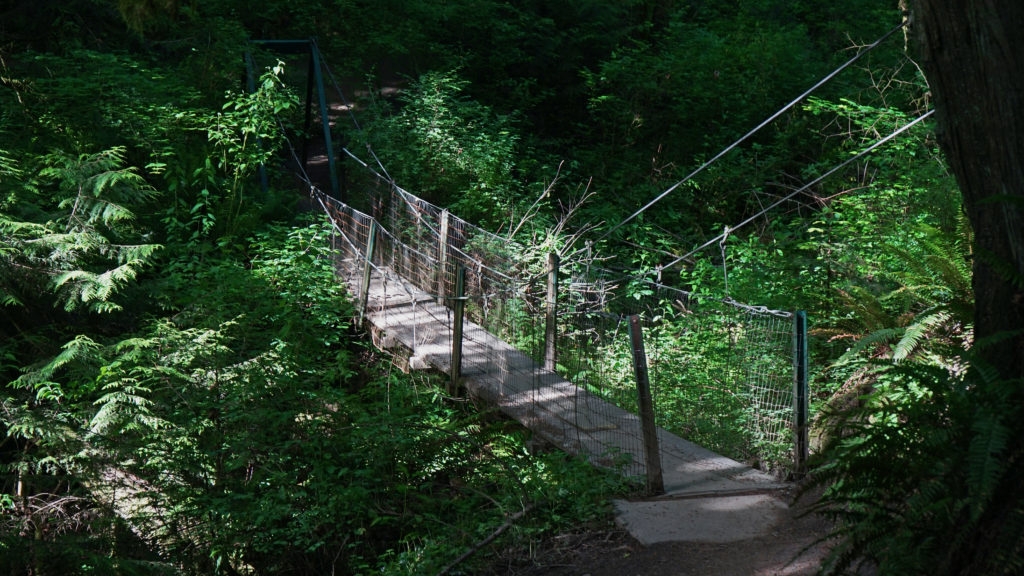
The park, now officially called Tryon Creek State Natural Area, is a transitional second growth forest. What is now the park was logged at least once between 1870 and 1960 to provide fuel for the iron smelter that once operated nearby and to produce ties for the railroad industry.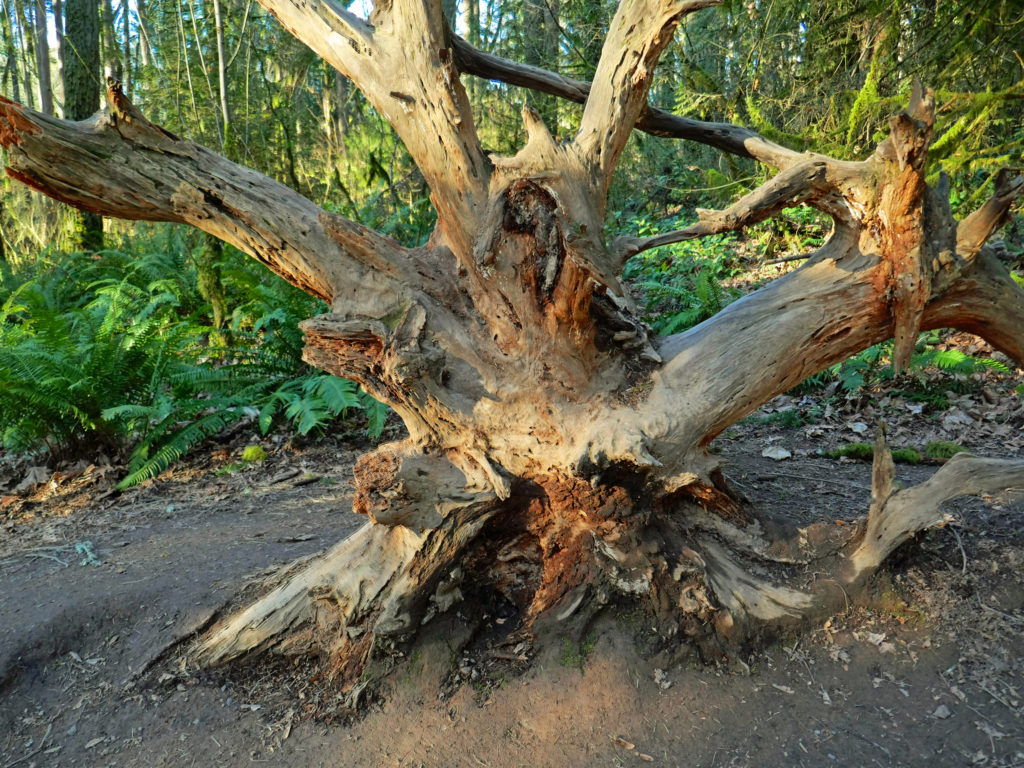
Today, the forest has regrown. While still not a mature old growth forest, the new forest contains many large Douglas firs, western hemlocks, western red cedars, bigleaf and vine maples, and red alders.
 Nearly 300 different forest plants and flowers grow in the park. Blacktail deer, raccoons, coyotes, red foxes, beaver, and more than two dozen other mammals roam the park. More than 70 species of birds have been seen in the park. And cutthroat trout, coho and chinook salmon, and steelhead can be found in Tryon Creek.
Nearly 300 different forest plants and flowers grow in the park. Blacktail deer, raccoons, coyotes, red foxes, beaver, and more than two dozen other mammals roam the park. More than 70 species of birds have been seen in the park. And cutthroat trout, coho and chinook salmon, and steelhead can be found in Tryon Creek.
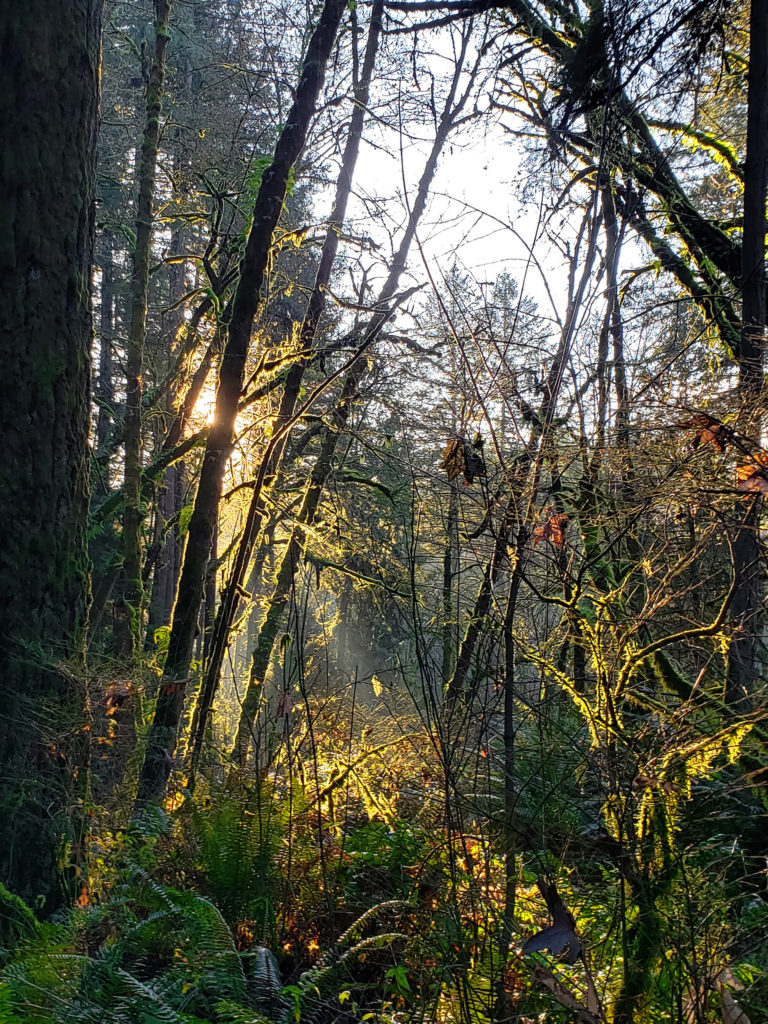 The area was saved from development in the late 1960s and early 1970s by a combination of dedicated citizens, the Friends of Tryon Creek, Multnomah County, and the State of Oregon. Tryon Creek State Park was officially dedicated on July 1, 1975.
The area was saved from development in the late 1960s and early 1970s by a combination of dedicated citizens, the Friends of Tryon Creek, Multnomah County, and the State of Oregon. Tryon Creek State Park was officially dedicated on July 1, 1975.
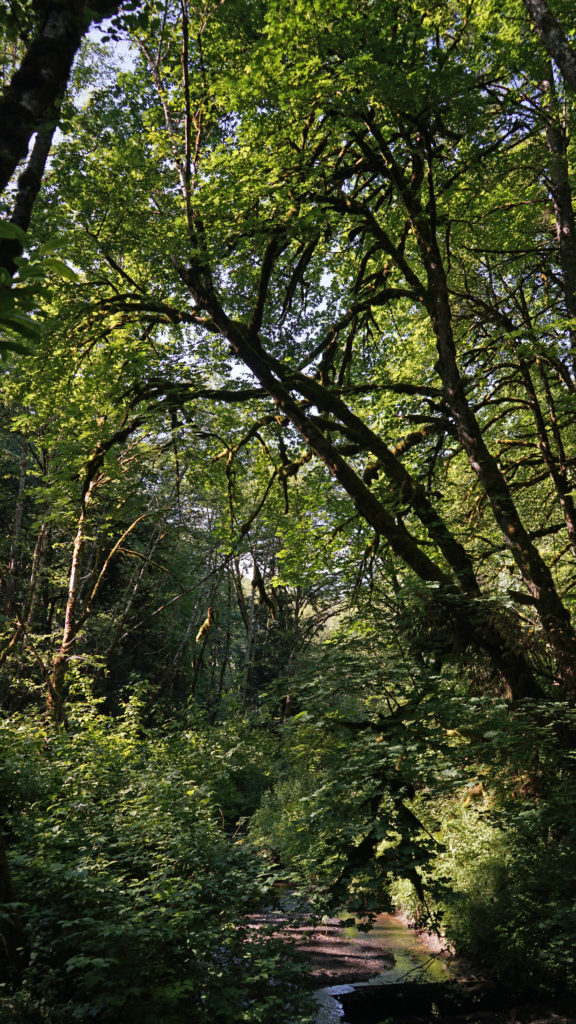 Many, if not most, of the park’s visitors come to hike the nearly fifteen miles of hiking and mixed use trails. Some bring their horses to ride the three and a half miles of equestrian trails. There is also a three mile paved bike path running through the park and a paved all abilities trail. The Nature Center, with a friendly staff, interpretive exhibits, a small store, and public restrooms, is a popular starting point for many visitors.
Many, if not most, of the park’s visitors come to hike the nearly fifteen miles of hiking and mixed use trails. Some bring their horses to ride the three and a half miles of equestrian trails. There is also a three mile paved bike path running through the park and a paved all abilities trail. The Nature Center, with a friendly staff, interpretive exhibits, a small store, and public restrooms, is a popular starting point for many visitors.

The park is jointly managed by the Oregon Parks and Recreation Department and the Friends of Tryon Creek. The park’s mission has always included adult and youth environmental education programs, including day camps, a junior ranger program, school field trips, guided tours of the park, and special events. It is not uncommon to encounter large groups of children, and sometimes adults, in the park.
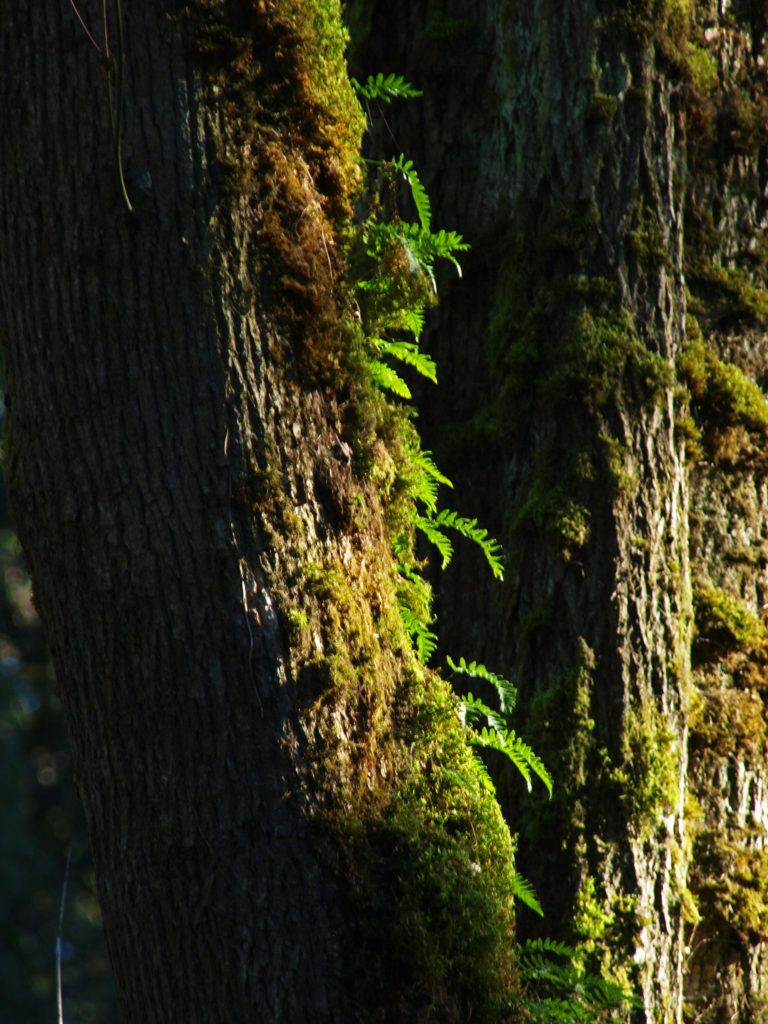 Many of the events and programs sponsored by the park were cancelled or available only online during the majority of the Covid-19 pandemic. The Nature Center was closed and entrance to the park was limited at times. While we’re still living with Covid, most, if not all, of the park’s programs have been restored, and the Nature Center is open again.
Many of the events and programs sponsored by the park were cancelled or available only online during the majority of the Covid-19 pandemic. The Nature Center was closed and entrance to the park was limited at times. While we’re still living with Covid, most, if not all, of the park’s programs have been restored, and the Nature Center is open again.
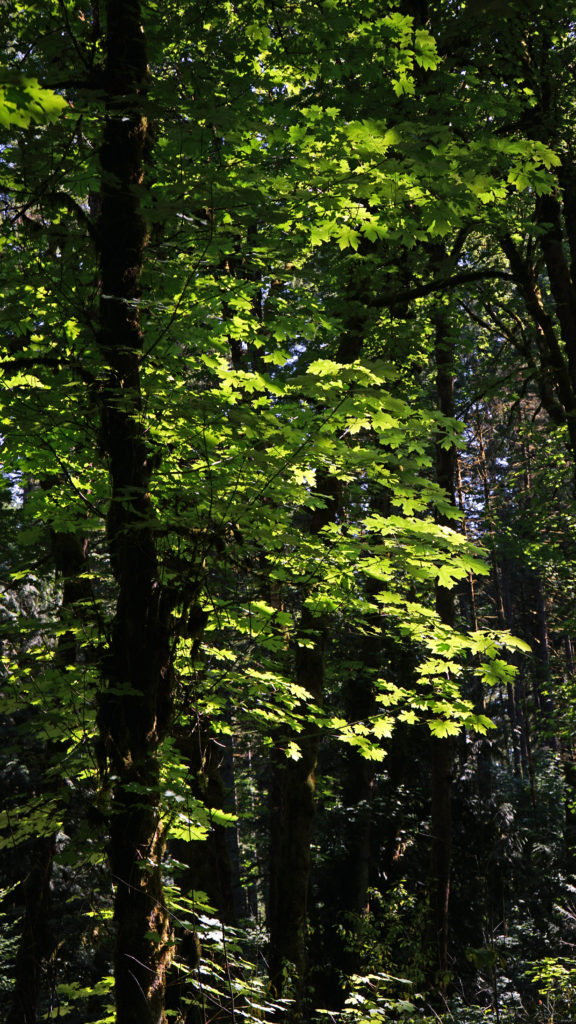
The main parking area and the Nature Center are located at 11321 SW Terwilliger Blvd in Portland. The park is currently open from 7:00 am to 9:00 pm. (closing times vary with the season). For more information, check the park’s website or call 1-800-551-6949.

And finally, this reminder from the Friends of Tryon Creek:
“It is important to ground ourselves and acknowledge the people whose land we are utilizing; the Clackamas Chinook, the Wasco-Wishram, the Willamette Tumwater, the Multnomah, and other Chinookan peoples, as well as the Tualatin Kalapuya, the Cayuse, the Molalla and other tribes and bands of the Columbia and Willamette Rivers. It is important to acknowledge the original inhabitants of the land now known as Tryon Creek State Natural Area, and to recognize that we are here because of the sacrifices that were forced upon them. We also remember that we are guests of this land and must do our best to honor the original peoples, through authentic cultural narratives and continued stewardship of the water, the land, and plants that make up this forest community.”
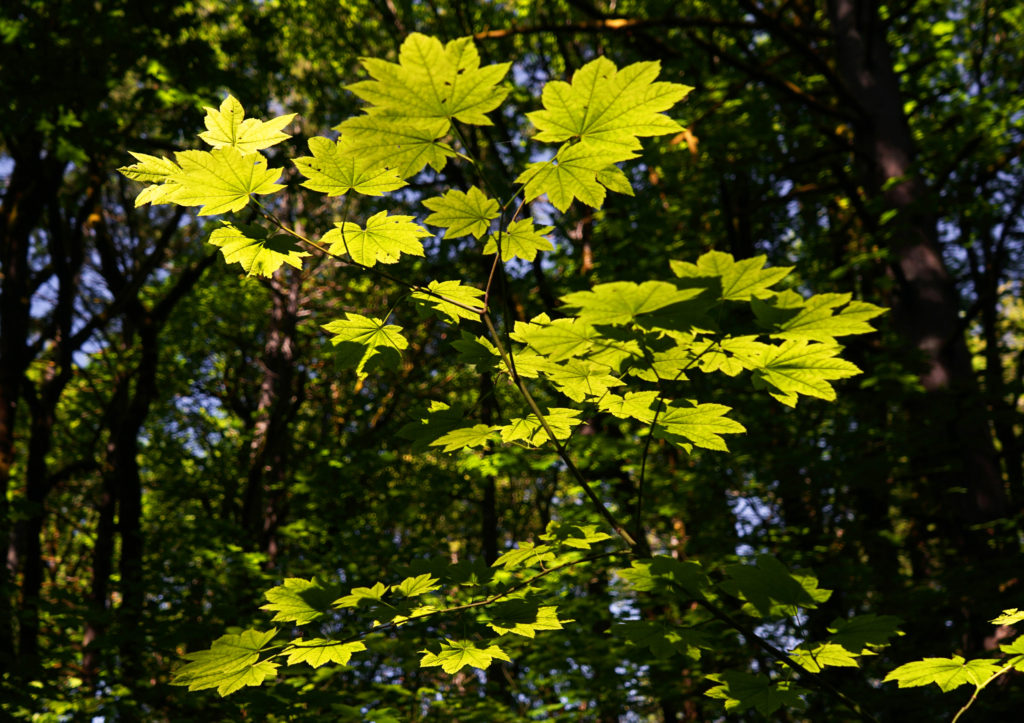 Originally posted July 29, 2020. Updated and re-posted May 25, 2022.
Originally posted July 29, 2020. Updated and re-posted May 25, 2022.
All photos © Alan K. Lee

